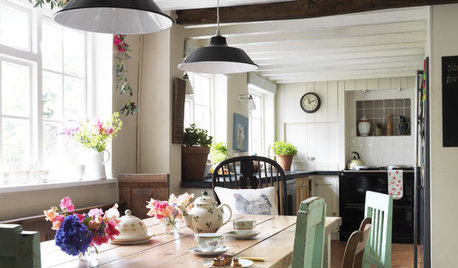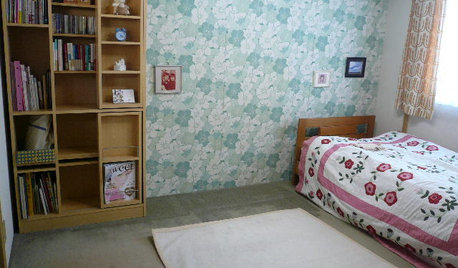Can I delay flowering simply by pinching them off?
canuckistani
15 years ago
Related Stories

WINDOW TREATMENTSGet Gorgeous Drapes with Classic Pinch Pleats
A detailed guide to this timeless and tailored window treatment
Full Story
MOST POPULAR4 Obstacles to Decluttering — and How to Beat Them
Letting go can be hard, but it puts you more in control of your home's stuff and style. See if any of these notions are holding you back
Full Story
THE POLITE HOUSEThe Polite House: Can I Put a Remodel Project on Our Wedding Registry?
Find out how to ask guests for less traditional wedding gifts
Full Story
DECORATING GUIDES7 Design Rules and Why You Should Break Them
Think tile is only for kitchens and bathrooms? Art should hang at eye level? Time to consider breaking these old rules
Full Story
MOST POPULARHouzz Tour: Going Off the Grid in 140 Square Feet
WIth $40,000 and a vision of living more simply, a California designer builds her ‘forever’ home — a tiny house on wheels
Full Story
KIDS’ SPACESSingle Design Moves That Can Transform a Child’s Room
Your children are unique and special. Why not give them a room to match?
Full Story
HOUSEKEEPINGCan-Do Cleaning Strategies for Busy People
While you dream of having a maid (to go with the cook and chauffer), this simplified cleaning routine can keep your real-world home tidy
Full Story
BOOKSCan Tidying Up Result in Life-Changing Magic?
Organizing phenom Marie Kondo promises big results — if you embrace enormous changes and tough choices
Full Story
LIFESlow Living 101: Tips for Turning Off the Chaos
It may feel as though you're too busy to slow down and enjoy life. But even little changes can have a big effect
Full StorySponsored




digdirt2
canuckistaniOriginal Author
Related Discussions
Pinching off flower buds
Q
Flowers on still-small squash plants -- pinch or leave them be?
Q
Pinch off dead flowers?
Q
Pinch off tree peony flower bud
Q
azruss
canuckistaniOriginal Author
canuckistaniOriginal Author
carolyn137
digdirt2
HoosierCheroKee
corrie22
HoosierCheroKee
corrie22
anthony_toronto
HoosierCheroKee
anthony_toronto
barrie2m_(6a, central PA)
digdirt2
HoosierCheroKee
anthony_toronto
digdirt2
anthony_toronto
canuckistaniOriginal Author
mtbigfigh
carolyn137
barrie2m_(6a, central PA)
hautions11
mtbigfigh